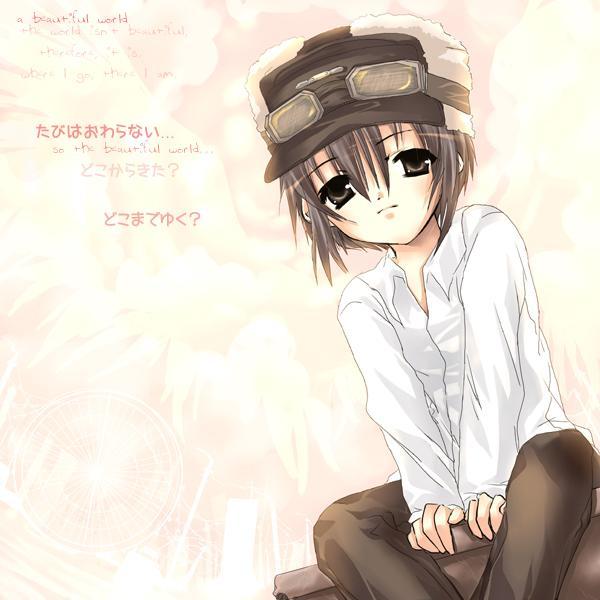

This is not to say that shojo manga consists only of cute, fun stories. Like shonen manga, shojo manga usually feature the coming-of-age story of a young protagonist. You can usually identify shojo covers by their use of pretty pinks, flowers, or other cutesy images. The focus here is less on action and more on drama, emotion, and, almost always, idealized romance. If you are looking for more information on manga genres and subgenres, then check out: Beginner's Guide to Manga 3: Genres and Subgenres.ĭon't forget to check out our handy Manga for Middle-Schoolers guide for further recommendations!Ĭommon Themes: Romance, Drama, Coming of Age We would need an entirely different blog post to cover the gargantuan number of manga genres and sub-genres that exist so, for now, we will simply cover the types of audiences to which manga are marketed. That is simply how they are marketed. If you were looking for manga for a young boy who likes fantasy or mystery, you would search for "shonen (boy) fantasy" or "shonen mystery" manga. However, this does not mean a boy cannot enjoy the series. Manga is chiefly categorized by audience first, then genre. For example, CLAMP's Cardcaptor Sakura is a shojo (young girls) "magical girl" (sub-genre) manga. Whether you like high school romantic comedies or high-fantasy epics, there is a manga for you. The most important thing to remember about manga is there is something for everyone.
#Handsome anime 18 year old boy series#
This might be easier for small series, such as Naoko Takeuchi's Sailor Moon, which only has about 12 volumes, versus longer-running series such as Akira Toriyama's Dragon Ball, which has 42 volumes. This is something to keep in mind when starting a new series as it is imperative you read the volumes in the correct order. Most manga series are long-running and can span multiple volumes. If a series is popular enough, its chapters are then collected and published into volumes called tankōbon volumes, which usually feature a few chapters of the overall story. In Japan, manga are typically released on a monthly or a weekly chapter-by-chapter basis through manga magazines such as Weekly Shōnen Jump, (which has been in circulation since 1968). This can take some getting used to if you have only ever read English publications, but you will hardly notice once you’ve practiced enough. Japanese manga is read right-to-left rather than left-to-right, which is the norm for English language publications.


Full-color prints are often only used for special releases.
#Handsome anime 18 year old boy full#
Unlike American comic books, which are usually printed in full color, Japanese manga are almost always published in black and white. Manga is an umbrella term for a wide variety of comic books and graphic novels originally produced and published in Japan.


 0 kommentar(er)
0 kommentar(er)
